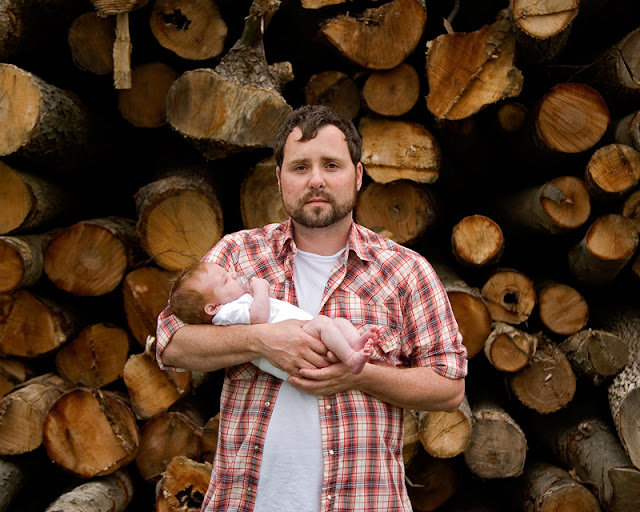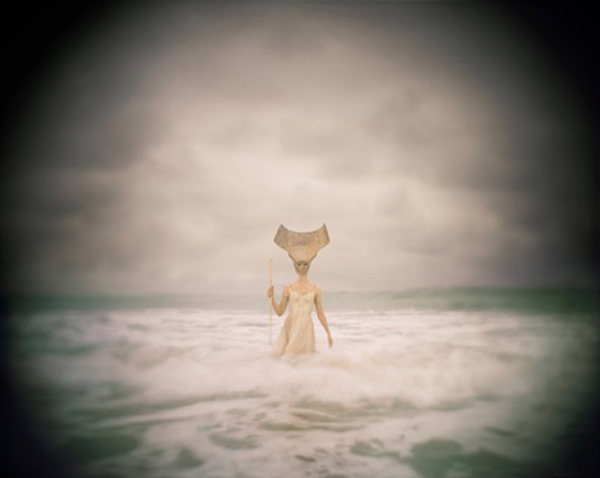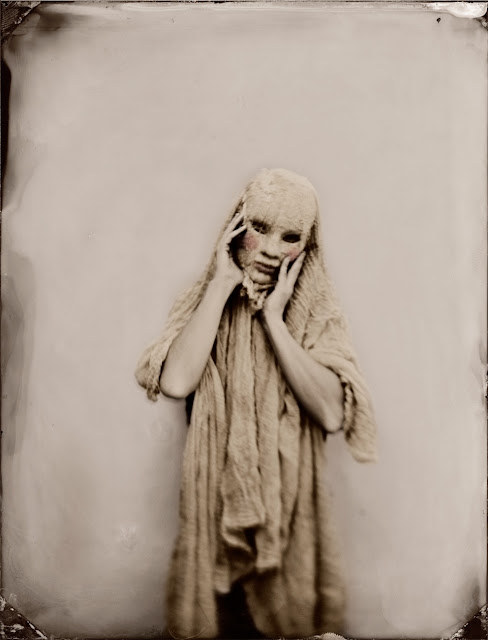MW
What inspired you to start taking photographs, and what have been some of the most important milestones in your career up until now?
GF
When I was 17, I went away to school and my Dad gave me his old Olympus OM 1, 35 mm film camera. I took a photo class and was totally hooked. It came so naturally to me. Milestones… well the release of Naked New York, in 1997, sort of started it all off and was a huge milestone as this project was my thesis project for graduate school. Since then I have had four other monographs published and have been included in over 9 anthologies across the world. Two of the biggest milestones, by far, were having two feature length documentaries made about my work. Naked London, was a documentary about me shooting Naked London in the Summer of 1999, and aired on the BBC in December 1999. Stripped: Greg Friedler’s Naked Las Vegas, was made over a month in Las Vegas in August 2007. It aired on Showtime from March 2010 to March 2012. This has been vitally important to getting my message and work across to a global audience. I believe that the next great milestone will come in the form of a monograph I am doing with Alexander Scholz, of Galerie Vevais in Germany, called: Greg Friedler: HUMANITY.
MW
How do you approach editing your work, and what advice would you give to others about evaluating their photographs?
GF
I shoot very few frames. Even if I am shooting with a DSLR, I most likely will only take 4 or 5 images. Fewer if shooting with 4 by 5 film. As a photographer or any visual artist, one needs to spend a lot of time on their craft and learn from every mistake that is made, and then this informs what one does in the future. I think if photographers are still trying to “find their eye” they need to shoot a lot to see what works and what does not work. But in general, you have to go with your gut. If you are looking at a photograph you made and are not sure, then chances are that it wont make the cut. As photographers we want to make indelible images that will not soon be forgotten, this does not come easy. Meaning that if an image does not move you, strike you, or challenge you from the onset of seeing it, chances are that it was not stick with your audience. I think the best advice I can give others, looking at their work, is to stick to the “gut” thing, but also look at the photos a few times before deciding. I don’t believe in Photoshop, I shoot images exactly as I want to see them printed on the page. Hence, even though it is done millions of times a day, I advise staying away from dressing up a “mediocre” photograph in Photoshop to try to make it something it is not. I am rambling a bit, but anyways I lets say you are photographer “George” from wherever and you shoot 20 images of a certain subject matter. Chances are that even upon, first glance at your images, one of them will stand out and pop. That is your gut speaking, that is the image to run with!
MW
How do you decide on new projects to work on? Do you always shoot with a concept in mind or do you wait to be inspired as you go?
GF
I am always open and see what I encounter or can conceptualize. It is always in flux. I am certainly not a photographer who sticks to one subject matter, with one camera, with one vantage point. I draw on whatever I need for the given project. For instance, right now I am shooting two very different projects. One on very close up abstracts of graffiti tags and another of formal portraits of bathers at a local hot springs.
MW
What ways have you found successful for promoting your work and finding a receptive audience for it?
GF
Not sure Michael. I think all the books I have done, in addition to the films, have given me priceless exposure. The “art” market is totally different with far too many factors at play to mention. Do they like the work? Do they understand the relevance of the work? And sadly, especially now, can they sell the work? I am getting my work into the proper art galleries slowly, but they have to be the right fit. It does not make any sense to have a random gallery offer me a show, spend $8000 to print, frame, and ship the work, and then basically get nothing out of it! One has to be patient to find the right fit with the right gallery owner or art dealer.
 |
| from the series Still Lifes |
 |
| from the series Still Lifes |
 |
| from the series Still Lifes |
 |
| from the series Portraits |
 |
| from the series portraits |
 |
| from the series Lalaland |
 |
| from the series Portraits |
 |
| from the series Portraits |
 |
| from the series Abstracts |
 |
| from the series Abstracts |
 |
| from the series Abstracts |
 |
| from the series Exquisite Colors |
 |
| from the series Exquisite Colors |
© copyright all images Greg Friedler








































